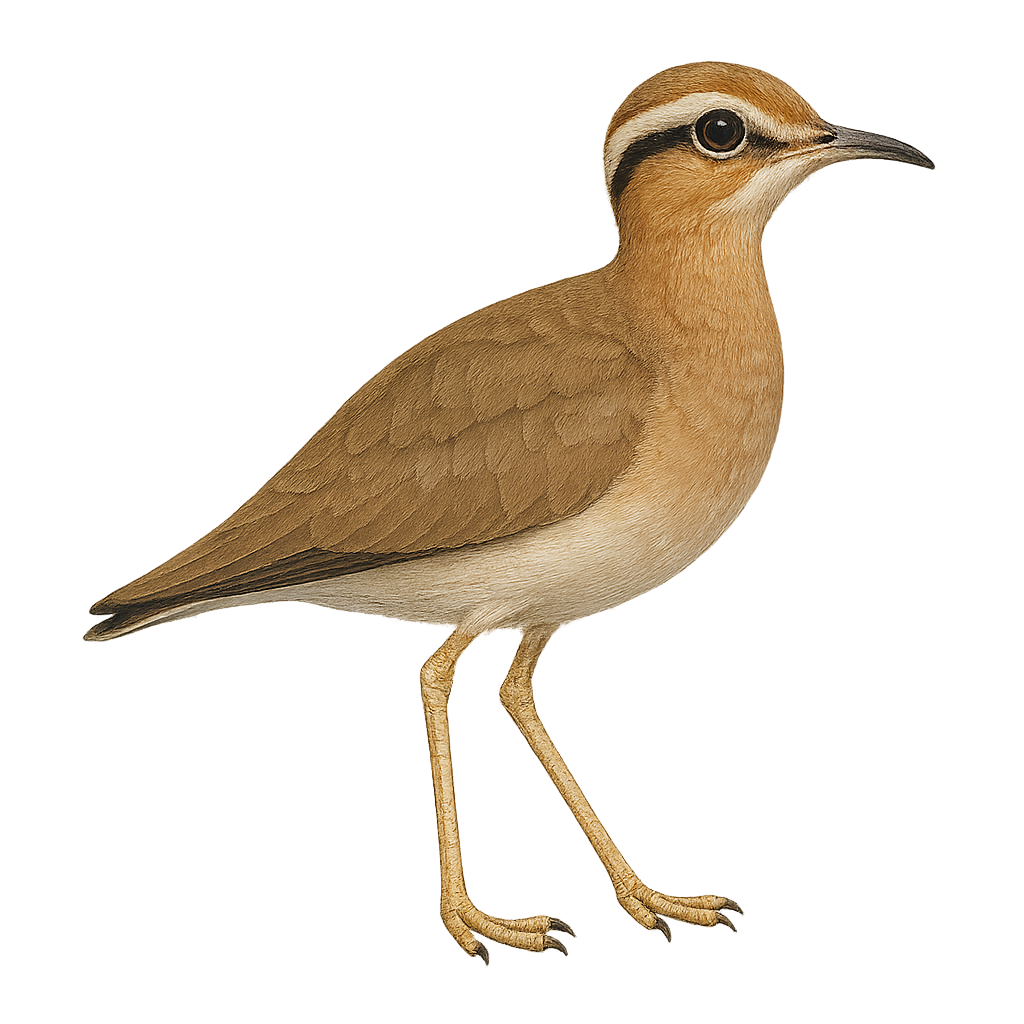Your wildlife photography guide.
Explore the burchell's courser in detail, study its behavior, prepare your shots.
Where to observe and photograph the burchell's courser in the wild
Learn where and when to spot the burchell's courser in the wild, how to identify the species based on distinctive features, and what natural environments it inhabits. The WildlifePhotographer app offers tailored photography tips that reflect the burchell's courser’s behavior, helping you capture better wildlife images. Explore the full species profile for key information including description, habitat, active periods, and approach techniques.
Burchell's Courser
Scientific name: Cursorius rufus

IUCN Status: Least Concern
Family: GLAREOLIDAE
Group: Birds
Sensitivity to human approach: Suspicious
Minimum approach distance: 10 m
Courtship display: September to October
Incubation: 18-20 jours
Hatchings: September to November
Habitat:
deserts, savannas, arid grasslands
Activity period :
Primarily active during the day, with peak activity in the morning and late afternoon.
Identification and description:
The Burchell's Courser, scientifically known as Cursorius rufus, is an elegant terrestrial bird primarily found in the arid and semi-arid regions of southern Africa. Its plumage is dominated by shades of beige and brown, allowing it to blend seamlessly into its sandy environment. The wings feature distinctive black and white markings visible in flight. This bird is known for its long legs and slender bill, adapted to its ground-dwelling lifestyle. It primarily feeds on insects and other small invertebrates, which it captures by running swiftly on the ground. The Burchell's Courser is a diurnal bird, often seen alone or in small groups. Its ability to camouflage and discreet behavior make it sometimes difficult to spot.
Recommended lens:
400 mm – adjust based on distance, desired framing (portrait or habitat), and approach conditions.
Photography tips:
To photograph the Burchell's Courser, it is advisable to use a telephoto lens of at least 400mm to capture detailed images without disturbing the bird. Look for it in open habitats such as deserts and savannas, where it blends into the landscape. Be patient and discreet, as this bird is suspicious and may fly away quickly if disturbed. The best times to observe it are early in the morning or late in the afternoon when the light is soft and highlights the details of its plumage.
The WildlifePhotographer App is coming soon!
Be the first to explore the best nature spots, track rutting seasons, log your observations, and observe more wildlife.
Already 1 432 wildlife lovers subscribed worldwide

